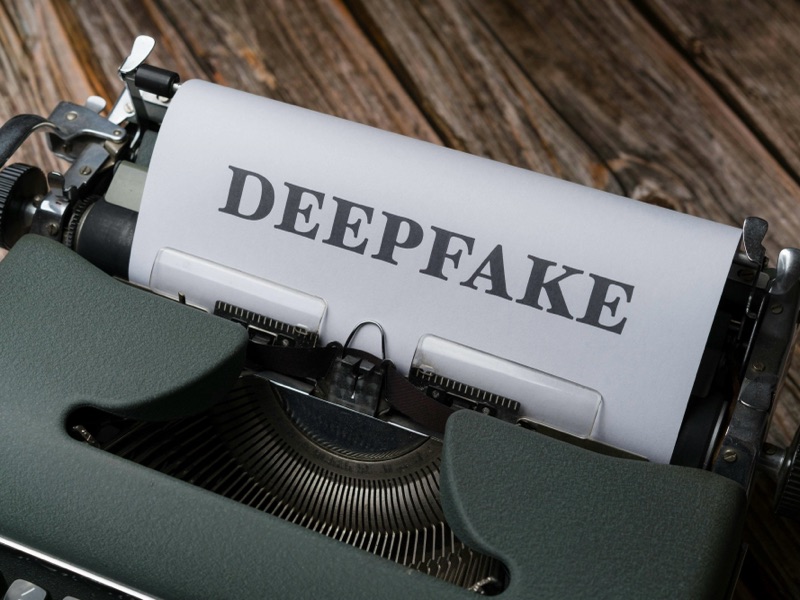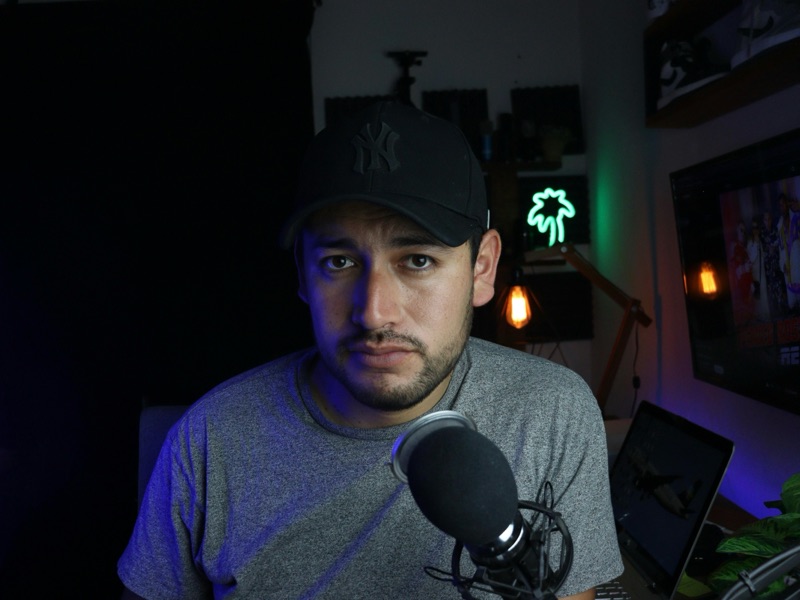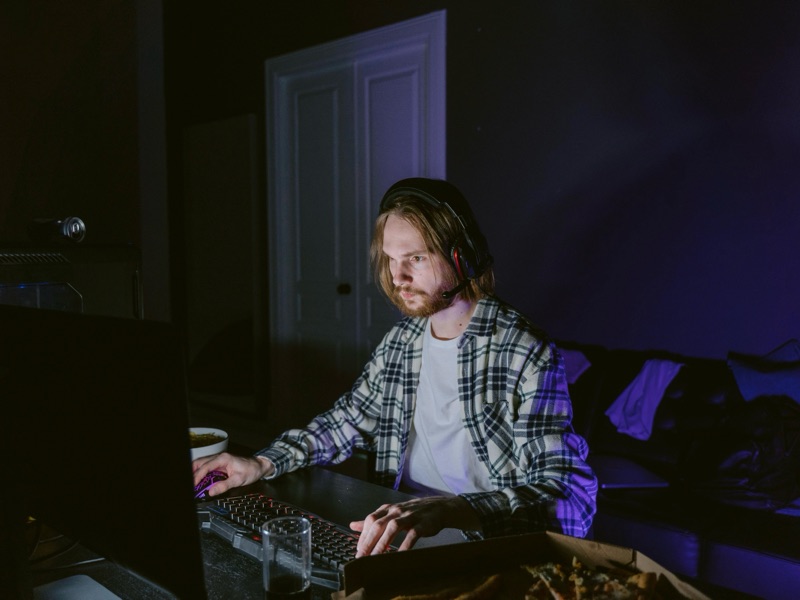In an era where AI-generated media is indistinguishable from reality, deepfakes pose one of the most pressing threats to trust, security, and truth. From fake political speeches to synthetic celebrity scandals, the proliferation of deepfakes is moving faster than our ability to detect them. As detection technology races to keep up, one question looms large: can we ever truly catch up?
What Are Deepfakes, and Why Are They Dangerous?
Deepfakes are synthetic media—images, videos, or audio—created using deep learning algorithms, especially generative adversarial networks (GANs). These models learn to mimic real people’s faces, voices, and mannerisms, making it possible to create videos of individuals saying or doing things they never actually did.
At best, deepfakes are used for satire or entertainment. At worst, they can be weaponized for disinformation campaigns, reputational sabotage, financial fraud, or even geopolitical manipulation. The technology is improving so rapidly that manual detection by humans is often impossible—our eyes and ears are no longer reliable.

The Detection Arms Race
For every breakthrough in deepfake creation, a counter-effort emerges in deepfake detection. Researchers are developing AI models to identify subtle inconsistencies, such as unnatural blinking, inconsistent lighting, lip-sync mismatches, or anomalies in facial muscle movement.
Some notable detection methods include:
- Pixel-Level Analysis: Looking for artifacts introduced during image synthesis (e.g. unnatural textures).
- Biometric Inconsistencies: Analyzing heartbeat or pupil dilation, which deepfakes often fail to replicate accurately.
- Temporal Dynamics: Examining how features change over time to spot inconsistencies.
- Metadata Forensics: Using file metadata and video compression signatures to find signs of manipulation.
Despite these advances, detection models often fall behind in accuracy compared to the ever-evolving generation models. And unlike generation tools—which can be open-sourced or shared widely—detection tools often require constant retraining, making them harder to scale and maintain.

Why Detection Is Falling Behind
The asymmetry between creation and detection is stark:
- Creation is easier than detection. With pre-trained models like StyleGAN, DeepFaceLab, and newer multimodal AIs, generating deepfakes requires less technical expertise than ever.
- Attackers only need one success. A single well-crafted deepfake can go viral and cause damage before detection tools catch up.
- Detection tools lack generalization. Many detection algorithms are brittle—effective only against known types of deepfakes. New generation techniques often evade older detectors.
- AI-generated content is becoming multimodal. Deepfakes are no longer just visual. Synthetic voice, text, and even behavior make it harder to rely on visual cues alone.
In short, deepfake technology is decentralized, fast, and improving rapidly. Detection is slower, reactive, and fragmented.
The Role of AI in Fighting AI
Ironically, the most promising defense against deepfakes is also AI itself. Detection algorithms now use transformers, vision-language models, and self-supervised learning to improve accuracy and robustness. Some promising directions include:
- Multimodal detection: Combining visual, audio, and textual clues to identify inconsistencies across modalities.
- Explainable AI (XAI): Building detectors that not only flag a deepfake but also explain why it was flagged—improving user trust.
- Adversarial training: Training detectors on synthetic content generated by the latest deepfake models to keep them current.
There’s also growing interest in watermarking and “provenance tracking” technologies—embedding invisible signatures in media at the time of capture, so any tampering can be flagged later.

Policy and Platform Responses
Big tech platforms are starting to respond. Meta, YouTube, and TikTok have introduced disclosure requirements and takedown mechanisms for AI-generated content. Governments are also stepping in—China and the EU have proposed laws requiring AI-generated media to be clearly labeled.
But enforcement remains patchy, and detection technologies are rarely deployed at scale. Without stronger infrastructure and global cooperation, the burden of identifying deepfakes still falls mostly on users.
So… Can We Ever Catch Up?
Catching up is possible—but only if we rethink our approach. Detection alone won’t win this battle. What’s needed is a multi-pronged strategy:
- Better public awareness about how deepfakes work and how to identify them.
- Content authenticity infrastructure, such as digital provenance chains and media verification tools.
- Collaborative AI, where generation and detection systems evolve side-by-side under ethical oversight.
- Regulation with teeth, ensuring platforms and developers are accountable for misuse.
Ultimately, this isn’t just a technical challenge. It’s a societal one. The deepfake era isn’t coming—it’s already here. The question is no longer whether we can detect deepfakes, but whether we can build a digital world where truth still has a fighting chance.

Conclusion
The cat-and-mouse game between deepfake creators and detectors will continue. But if we combine AI innovation with digital literacy, platform responsibility, and smart regulation, we can begin to level the playing field. In the age of synthetic reality, authenticity is our most precious asset—and we can’t afford to lose it.
Comments
Post a Comment